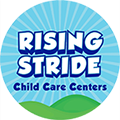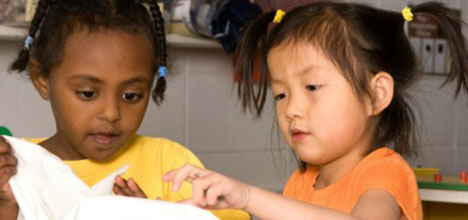Health And Safety In Your Child’s Early Years
Parents who use early years services should have the utmost confidence that their children will have the best experiences possible and will be safe from any possible dangers at all times. There are a number of health and safety aspects early years providers should consider to ensure the safety of the children in their care.
Risk assessment
Specifications for the premises, including those pertaining to fire safety and hygiene.
Manual handling
Food and drink
Including the safe preparation and storage of those items, as well as the management of allergic reactions. Find out more about food and nutrition at Rising Stride.
Accident or injury
(RIDDOR) is an acronym that stands for the Reporting of Injuries, Diseases, and Dangerous Occurrences.
Intruder on the premises, as well as other emergency measures and evacuations in the event of an emergency.
Regulation of potentially harmful compounds to the human body (COSHH Regulations)
Outings/outdoors
Upkeep and fixing the infrastructure of the building
Protection of the personnel (including home visits and threats and abuse towards staff)
Of course, there will be other steps that need to be taken, and these will depend on the type of service offered, the location of the business, and the needs of the people who use your services.
This information is very important if you ever find yourself in a situation where you need to act quickly and effectively but don’t have much time to look at a written document to get more information. When a method is looked at after an “event,” it is possible that changes will need to be made to meet the needs that are found. If you do decide to make changes, make sure to tell everyone on the staff and everyone who uses the service as soon as you can.
Making a judgement
Regardless of the motivation behind the risk assessment, you are required to carry out the following five steps:
- Describe the danger or risk, including both where it is and what it is.
- Find out who is at risk and how they are at risk, like preschool workers, children, parents, chefs, and cleaners.
- Look at the possible risks and decide what to do about them. Is it possible to get rid of the risk completely? If not, what steps can be taken to make it less likely?
- Write down what you find and use it. Sort your findings in order of importance and come up with a plan if you need to.
- Monitoring and evaluating: how do you know if what was decided is effective or if it covers everything?
Enrolling your child at Rising Stride will provide the day your child spends there with a schedule and structure, which may include set times for meals, snacks and naps, as well as both indoor and outdoor activities. This pattern makes children feel more assured and safe, as well as more in control of their moods, and it is an excellent way to get them ready for school. Rising Stride takes the children’s well-being and the staff’s responsibility to protect them very seriously.
Contact us today to find out more about our health and safety policies and to schedule a tour to see if we are the right environment for your child.

